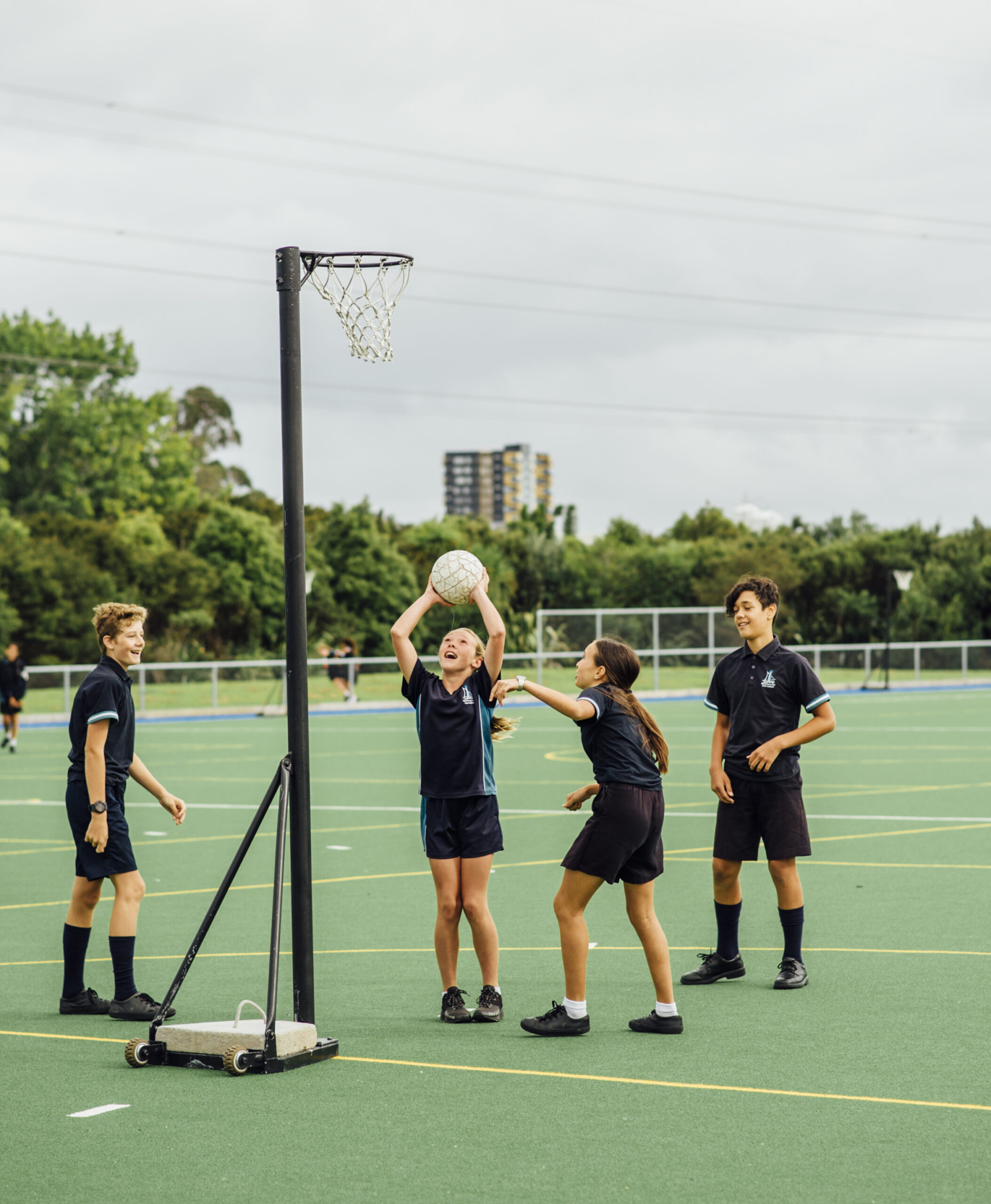Physical Education And Health
Health Education
The Education Act requires that, at least once every two years, boards of trustees produce a written statement about how the school will implement health education.
The legislation requires schools to:
– Inform the school community about the content of the health education components of the curriculum.
– Consult with members of the school community regarding the way in which the school should implement health education.
– Describe, in broad terms, the health education needs of the school’s students.
It’s time again to consult with you on the health curriculum we offer at Blockhouse Bay Intermediate School. We look forward to collating student and parent feedback to inform our future planning and assessment.
Health and Physical Education
In health and physical education, the focus is on the well-being of the students themselves, other people, and society through learning in health-related and movement contexts.
Four underlying and interdependent concepts are at the heart of this learning area:
Hauora – a Māori philosophy of well-being that includes the dimensions taha wairua, taha hinengaro, taha tinana, and taha whānau, each influencing and supporting the others.Attitudes and values – fostering a positive, responsible attitude toward personal well-being; promoting respect, care, and concern for others and the environment; and cultivating a sense of social justice.
The socio-ecological perspective – a framework for understanding the interconnectedness between individuals, others, and society.
Health promotion – a proactive process aimed at creating and maintaining supportive physical and emotional environments, engaging students in personal and collective actions.
The learning activities in health and physical education are guided by the integration of these four concepts, the following four strands with their achievement objectives, and seven key areas of learning.
The four strands are:
1. Personal Health and Physical Development: Developing knowledge, understanding, skills, and attitudes to enhance personal well-being and physical development.
2. Movement Concepts and Motor Skills: Developing motor skills, knowledge of movement concepts, and fostering positive attitudes toward physical activity.
3. Relationships with Other People: Developing understandings, skills, and attitudes that promote positive interactions and relationships with others.
4. Healthy Communities and Environments: Contributing to healthy communities and environments through responsible and critical actions.
The seven key areas of learning encompass:
1. Mental health
2. Sexuality education
3. Food and nutrition
4. Body care and physical safety
5. Physical activity
6. Sport studies
7. Outdoor education
